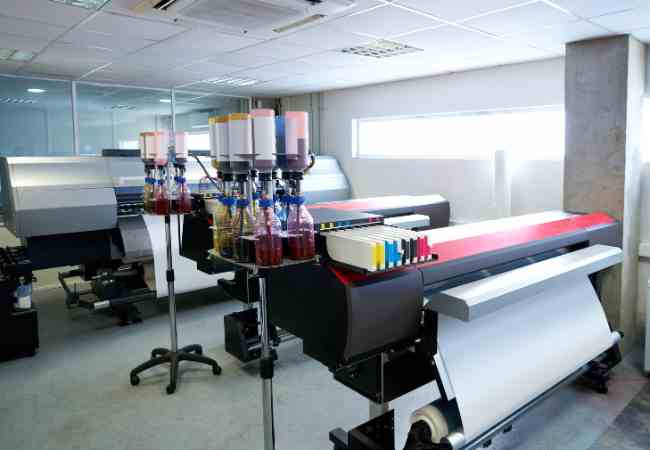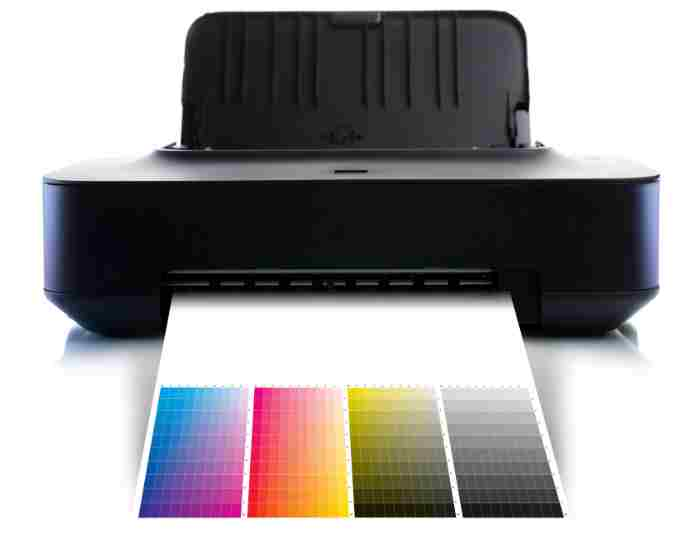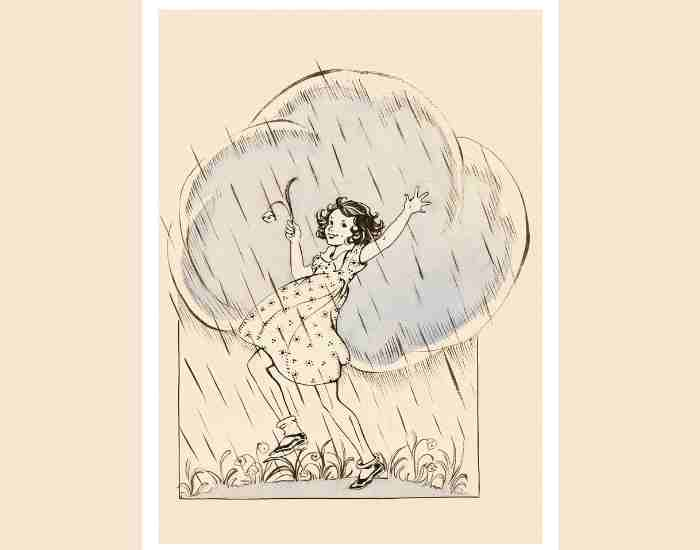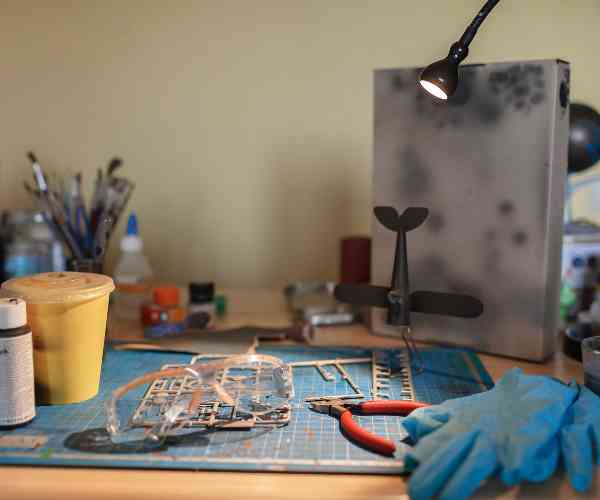Are you feeling confused by a ton of graphic design software available? If so, then you do not need to be embarrassed. The very first time I entered the graphic design world, all of the possibilities seemed endless, and I mean absolutely limitless, like a curtain filled with features Clicks, prices, and reviews. I remember spending a lot of time scanning through different forums as well as watching a lot of tutorial videos trying to understand designing tools that fit my requirements. Honestly, I was baffled!
Your choice of graphic design software could make or break your creative work. It is not just about having the best tools but finding the correct tools that suit your style as well as your workflow. I have seen my colleagues struggle with these tools as it did not suit their requirements which lead to a lot of wasted time and less creative output. After all the struggle, switching to the tools that were aligned with my style made me feel free. I remember being able to freely express my thoughts and my work was a good representation of that newfound independence.
As a designer, the software you choose plays an intricate role in your workflow, assisting you or interfering with your creativity. Using bad software means you can expect it to be difficult to expand on your design ideas. However, great tools make a designer’s work greatly easier by boosting focus since they don’t need to be fought with.
I will share with you my perspective on different sets of graphic design software life features and how to determine which of the tools do you need the most. Aimed at both complete novices as well as well-established designers who may be seeking a change, the intent of this guide is to clarify the decision-making process and ensure that the software you choose aligns with the way you imagine your work.
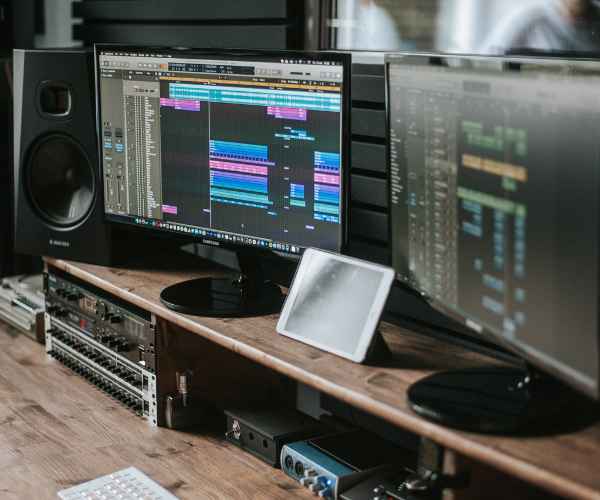
What is graphic design software?
To begin with, graphic design software is a tool which enables one to develop design pieces. Such tools aim to avail appropriate support while constructing graphics, illustrations, layouts and any other visual form of communication. It may be a bit difficult to comprehend, but the plain and simple idea of it is taking a concept and turning it into an image.
When I look back at the very beginning of my design career, I feel truly fascinated and proud of how these tools managed to transform my very basic sketches and concepts into workable visual designs. Late night hours spent on color blocking and pairing shapes while utilizing the designing software to go from designing logos to promotional material was all the fun of design that I had wished for and was absolutely soothing to my creative self.
Overview of Different Categories:
Graphic design software has multiple branches of sorts, all which are meant for a specific purpose.
Vector-Based Software: A vector-based software such as Adobe Illustrator is scheduled to enhance the graphics. The beauty of vector graphics lies in the fact that they can be freely expanded without losing their original form. So, if you have been tasked with creating logos or illustrations, this is the option you go with. I remember creating my first logo in Illustrator; it taught me how to add shapes and bits patterns together, enabling me to produce succinct designs that were visually appealing regardless of whether they were small or large.
Raster-Based Software: Similarly, there is raster-based software, such as Adobe Photoshop. This software is very good with photo manipulation and digital painting. Raster graphics are composed of pixels, which are more effective for images with a lot of detail but are not very good for images with a lot of scalability. My utilization of Photoshop was a rush of layering and chick blending. I would enjoy the process of manipulating pictures as well as trying out different techniques of digital painting, because it gave me a whole new way of looking at creativity.
3D Design Software: As for three dimensional graphics, there are also some programs such as Blender or Cinema 4D and they quite literally, cut it. Barley graphing less these less of two were similar full gaze higher willingness awarded constructions of moveable models with animation. I recollect wishing &&167 l&&167 & a joint equal level with a blender & tilted my attention cut great & animation 3d form interesting me to become encouraged this rehabilitation was great.
Determining Your Needs
Identify Your Design Goals
The first stage in graphic design is determining whether one has a goal to begin. For example what is it that you want your designs to accomplish?
Then you might need paths like, say, branding or web design or print design et cetra something of that nature.
For instance, in the first case, while concentrating on branding it would mean that one would need software capable of developing logos and curating visually appealing identities. I recall working on a branding project for a nearby coffee shop logo, this time I needed a sign reproducing cut across the logo of the place alongside the design of their menu. It was important for me to have access to software that enabled me to construct scalable vector graphics.
On the contrary, should your plan be web design, this may helpboost your emphasis on the layout and the design of the user interface. I remember a phase when I was involved with changing a website and the software I used offered massive grid systems with good exporting features suited for the web.
Print design has its own demands as well. When I worked on a brochure promoting some event, I realized that photoshop illustration presets with good typography tools and color management tools had to be used. You do need to take into account the particular characteristics of your project that will determine your choice of the software.
Questions to Ask Yourself
To understand your goals better, answer these questions to yourself:
What kind of projects do I expect to do the most?
Would I rather create digital art, or do I have to edit photos?
Am I creating something for a screen, a paper, or both?
Answering these queries should help you narrow down software options that resonate well with your vision better.
Assess Your Skill Level
Following this, it is also essential to evaluate yourself. Are you a novice making your first steps or an experienced user wanting to upgrade your kit?
From my experience, most of the design programs are complex and have a barrage of features and tools. So as a beginner, I would suggest starting off with something like Photoshop that has a simple interface. Canva is also a great option to practically grasp the theory I mentioned as it has a very gentle learning curve.
From then on, you might want to branch off into software like Adobe Illustrator or Photoshop which may be software that outgrows you as they require much more technical competence but enhance your designs.
As a professional, think about the features that will help you get the work done. For instance, I mostly need good color management tools and vector applications for my jobs, and this affected the type of software I used along the boost of my career.
Think your Routine
Your routine will be the second important consideration when thinking about which graphic design software to go for. Every designer is different with regards to their processes and therefore, the application suitable to them for use should be that applies to their creative routine.
There was a time, I recall, when I employed different software in the quest of enhancing efficiency but in the end it only resulted in making my workflows more difficult. The interface was poor, and I was wasting more time looking for interfaces than I should have spent on actually using them. It was currently irritating and after several weeks I had to go back to software that I feel was simple.
Try to think of how you realize your final intention. Do you visualize an image that has to be portrayed, or do you like using a pencil first? Knowing your personal creativeness would be useful in choosing the program that would best fit your needs.
Choosing Software
Trial Software and Free Applications
Try out app demos or free tools before making any payments in order to test the tool before purchasing it. This can allow you to have for yourself an idea on what app would work perfectly for you while also saving you money.
Free applications such as GIMP or Inkscape are often good places to begin according to my advice. These apps are completely free while also providing a plethora of features that help polish your skills. While doing my undergraduate degree, I was able to affordably purchase textbooks due to the apps’ low costs, which relieved me of the anxiety of needing to buy expensive subscriptions.
Reviews and Testimonials
Seeking recommendations, reviews of the new folders and channels of other experienced designersand utilizing their feedback will also provide a wealth of information for you to explore.
I also visit or share ideas on social media design communities and check Reddit to get thoughts about recently released tools. Collecting such experiences is very helpful, as it greatly expands your understanding of how other people used different programs in real life.
Concluding and Final Thoughts
All these factors should be led by a single principle with which I conclude the article: any software aimed at creativity should not limit the user’s or any other designer’s creativity. Be patient with new software, remember to establish your objectives along with your work style, and check with your design counterpart for suggestions.
Picking out graphic design software comes down to a very personal choice as what might suit one person may not suit another. These tools bring out creativity and therefore the key remains to finding out which tool works best for your needs correctly.
FAQs
Which is the best graphic design software for beginners?
Selecting the appropriate software can be overwhelming, especially for people who are just in the initial stages of their graphic design course.
Over the years I have use software that’s user friendly such as Canva and in my opinion that’s a great starting point.
It has a straightforward interface, meaning anyone wanting to create beautiful designs and has no prior knowledge can achieve that with the software.
When I first made a birthday invitation for my niece, Canva was the first choice and I was just amazed at how easy it was to use.
The templates available allowed me to be more sculptive with my work than trying to figure out complex tools so I was able to design the advertisement according to my wishes.
Another great option is Adobe Express (which was formerly known as Adobe Spark) as it combines basic features and powerful ones.
This is great for people who want to slowly introduce themselves to other adobe software’s without going through a complex introduction with Photoshop or Illustrator.
How much do Graphic Designers pay for Designing software?
Well, this is a tricky one, all I can say is that it depends on what your requirements are.
There are free options available as well as paid subscriptions that can be a bit on the pricey side.
If you are a newcomer, I would suggest going for free or low-tier options available.
GIMP and Inkscape are good alternatives as they have amazing functionalities without any fees attached to them.
For someone a little more advanced, Adobe’s Creative Cloud set of programs is great, although the fee does come with a caveat of having to pay a subscription every month.
The available tools and countless updates will definitely over compensate for the monthly charge, however, some may think it might be a bit on the expensive side.
And as I said before do not lose track of how much you are spending, ensure that the tools you pick align with what you are trying to create.
Is it fine to use Free Software for Commercial Level projects?
The answer to this is yes, Free software can be used for commercial level projects, however, there are some limitations to consider.
GIMP and Inkscape are fine to use when trying to build up a portfolio or trying to land jobs as they deliver great results. But, these programs do lack some functionalities that paid software can offer and this could hinder your work flow.
While undertaking a freelance work in graphic design using GIMP for the very first time, I was impressed by the quality output I was able to provide, however, some further more advanced options were absent to my dismay that I had already gotten comfortable with in respect to Adobe tools.
At the same time, it must be said that the audience of free software is often ready to provide assistance, since there are many tutorials and forums on the Web where one can find the answer to their most obscure of questions.
Just remember that free software is great as a starting place, but when your projects start increasing in complexity, you might reach the point where there are some restrictions.
How can I figure out if I require vector or raster software?
Determining whether you require vector or raster software is simple, the type of projects that you plan on tackling gives you the answer to that question.
For example, a software such as Adobe Illustrator (vector graphics editor) is perfect for brandings such as logos, icons, and ect. that require scaling.
For instance, I designed a logo for an acquaintances new company in Illustrator too and one amazing thing was that I was aware that I can enlarge it for use without the pixels breaking up.
Meanwhile, raster software like Adobe Photoshop is best suited for those in need of photo editing or digital painting.
So be it images or ultra high end art pieces you are working on, a raster tool set gives you the pixel based that you are looking for.
Remember to think about priorities first when choosing between vector and raster software: if you prefer illustrations or branding, vector will be your best choice, if you work with photography or want to reconcile textures, then raster programs will be more convenient.
What if I want to switch software later?
Changing graphic design software should not be a source of stress.
I was worried that changing GIMP with Adobe Photoshop would hamper my on the job productivity.
But I later discovered that there are many foundational concepts in design that apply to multiple systems, which new to me systems made the transition much easier.
Here are a few more pieces of advice on how to change gears and move on without missing a beat:
Use trial versions freely: Trial periods are additionally offered by the majority of software makers. Make use of this period to probe the new instruments and add-ons.
Watch tutorials: Numerous tutorials are also accessible online. They will facilitate your early acquaintance with the new program.
Don’t hurry: You need to take some time to adapt yourself. You don’t have to rush into dumping the previous software immediately.
Confidence can be bolstered by continuing to work with larger projects in your new software package.
Conclusion
There is a right graphic design software that when used appropriately, can greatly aid you during your creative journey.
Be patient while looking for different tools, analyze the requirements and review the options in detail.
Bear in mind that the selection of the tool is not only about the software, but also improving one’s creativity and their right workflow.
Please leave comments below and let me know how your experience with graphic design software would be. You can be a helping hand to someone in their phase.

